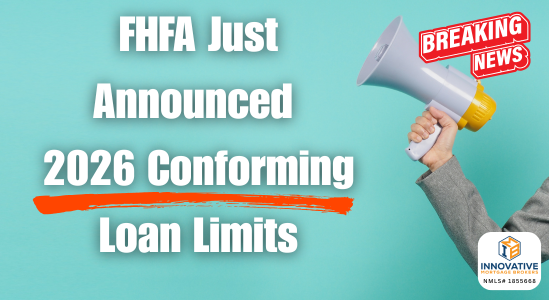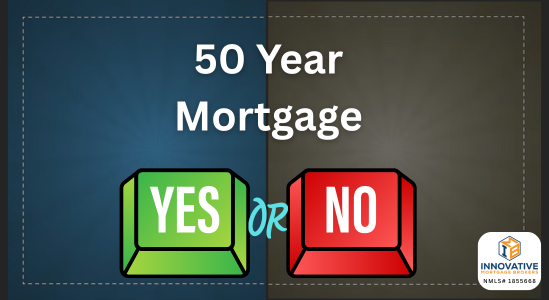What The New 2026 Conforming Limits Mean for Homebuyers and Homeowners in PA and FL…
Understanding the “One Big Beautiful Bill”
How H.R. 1 Reshapes Mortgage and Investment Strategies
The passage of H.R. 1, often referred to as the “One Big Beautiful Bill Act”, has introduced significant changes with broad implications for the mortgage and real estate industries. Enacted on July 1, 2025, this expansive legislation encompasses a range of reforms impacting housing policy, tax regulations, and real estate investments. Understanding these shifts is crucial for mortgage brokers, real estate professionals, and property investors seeking to navigate the evolving landscape effectively.
Reduction of Green Housing Incentives
One of the most immediate impacts of H.R. 1 is the substantial rollback of federal incentives previously aimed at promoting energy efficiency and green housing initiatives. The legislation rescinds billions in previously allocated funding for the Green and Resilient Retrofit Program (GRRP), which had provided crucial grants for energy-efficient upgrades in multifamily housing units.
The elimination of these incentives is expected to reduce the prevalence of government-backed retrofitting projects, which were pivotal in enhancing the market appeal and financial viability of aging multifamily complexes.
Stability in Mortgage Interest and Tax Deductions
On a more positive note for the housing market, H.R. 1 has codified and extended critical tax provisions beneficial to homeowners and real estate investors. Foremost among these is the permanent extension of the mortgage interest deduction limit at $750,000. Additionally, the legislation reinstates the tax deductibility of mortgage insurance premiums, which provides tangible financial relief, particularly for first-time homebuyers and individuals purchasing with less than 20% down payments.
Furthermore, the bill significantly raises the State and Local Tax (SALT) deduction cap to $40,000 for individuals earning under $500,000 annually, effective through 2029. This adjustment is particularly beneficial in high-tax states like New York, California, and New Jersey, potentially boosting home affordability and stimulating buyer activity in these markets.
Real estate investors also see the continuation of the 1031 exchange provisions and enhanced Qualified Business Income (QBI) pass-through deductions, which encourage ongoing investments in residential and commercial properties by providing considerable tax efficiencies.
Strengthening of Opportunity Zones and Affordable Housing Initiatives
H.R. 1 places renewed emphasis on economic development initiatives through the permanent extension of the Opportunity Zone (OZ) program. Originally established to stimulate investment in economically distressed communities through tax incentives, the OZ program’s permanence and enhanced benefits for rural and underserved areas are likely to drive further investment in real estate development, revitalization projects, and infrastructure improvements.
Additionally, the bill enhances the Low-Income Housing Tax Credit (LIHTC) by making it permanent, offering more predictability and stability to investors interested in affordable housing projects. This permanence is critical for sustained growth in affordable housing, facilitating increased participation from private investors and institutional stakeholders.
Conclusion
In summary, the passage of H.R. 1 brings significant changes for current and prospective homeowners, shaping both opportunities and challenges in real estate and mortgage markets. While certain federal incentives have been scaled back, others have been strengthened, providing more stability and potential savings. Homeowners who stay informed about these legislative shifts can make better financial decisions, take advantage of new tax benefits, and explore investment opportunities with greater confidence. Ultimately, understanding these developments will empower homeowners to navigate the evolving landscape effectively and secure their financial futures.





